10 Must-Know African Spices That Will Transform Your Kitchen (And How to Use Them!)
Table of Contents
- Introduction: Africa’s Hidden Spice Treasures
- Why African Spices Are Worth the Hype
- Top 10 African Spices Every Home Cook Should Know
- Spice Comparison Table
- Buying Guide: How to Choose the Best African Spices
- Culinary Uses & Pairings for African Spices
- Conclusion: Ready to Spice Up Your Life?
Introduction: Africa’s Hidden Spice Treasures
Africa is a continent bursting with flavors, cultures, and culinary traditions that stretch back centuries. But if you're only using salt and pepper in your kitchen, you're missing out on a treasure trove of aromatic spices that have been used by Africans for generations.
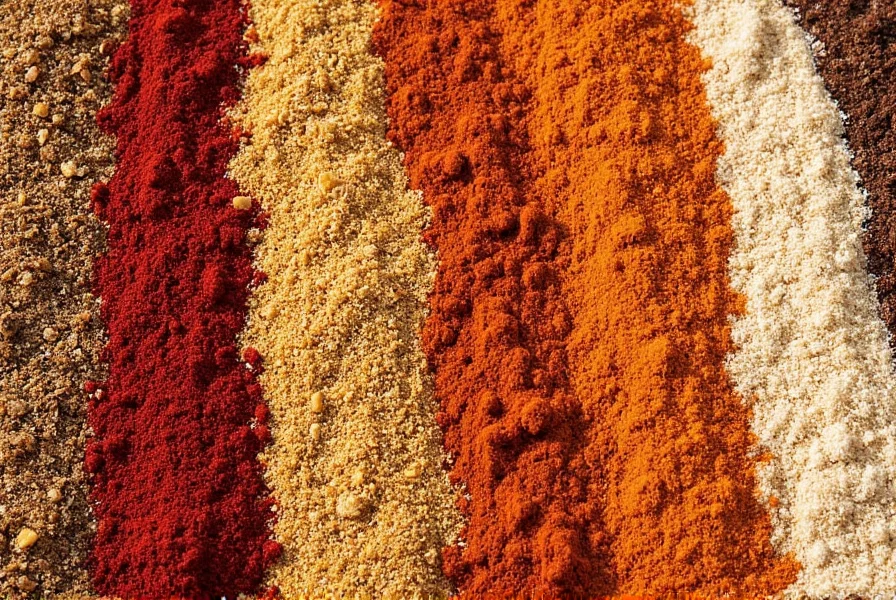
From the smoky warmth of berbere to the citrusy kick of grains of paradise, African spices bring depth, complexity, and authenticity to dishes that no generic spice blend can match. In this article, we’ll take a flavorful journey across the continent, uncovering the top 10 must-know African spices and how to use them like a pro.
Why African Spices Are Worth the Hype
If you’re tired of bland meals or looking to expand your spice repertoire beyond cumin and paprika, African spices are your new best friends. They offer:
- Unique flavor profiles you won’t find anywhere else
- Versatility across cuisines—from grilled meats to stews and desserts
- Cultural richness that brings storytelling into every bite
- Health benefits from anti-inflammatory and antioxidant properties
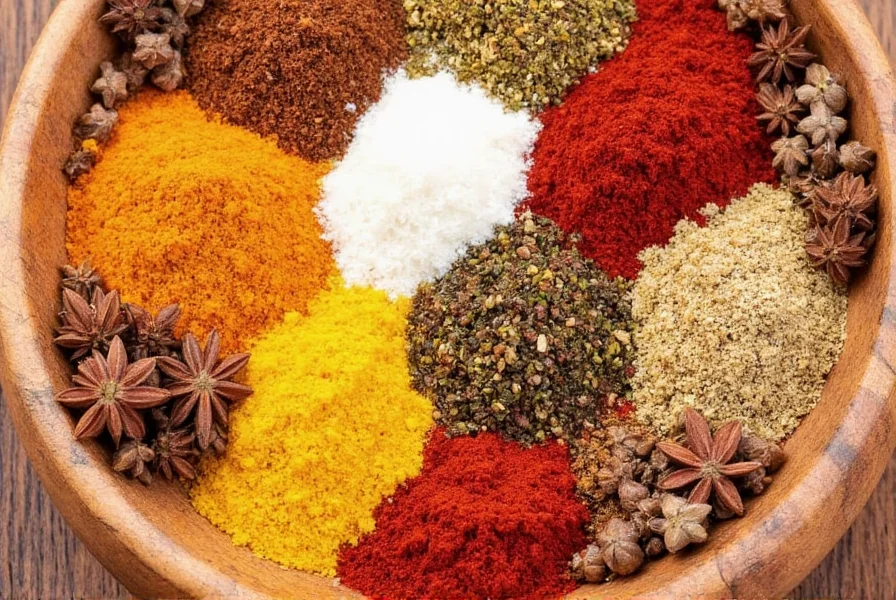
Top 10 African Spices Every Home Cook Should Know
1. Berbere (Ethiopia/Eritrea)
Berbere is the heart of Ethiopian cuisine. It’s a fiery, aromatic blend made from chili peppers, garlic, ginger, basil, korarima (Ethiopian cardamom), rue, ajwain or radhuni, and fenugreek.
- Flavor profile: Smoky, spicy, slightly sweet
- Best for: Stews (like Doro Wat), legumes, roasted vegetables
2. Grains of Paradise (West Africa)
Also known as “African pepper,” this peppercorn-like seed has a bold, citrusy flavor with hints of ginger and cardamom.
- Flavor profile: Earthy, peppery, bright
- Best for: Marinades, game meats, baked goods
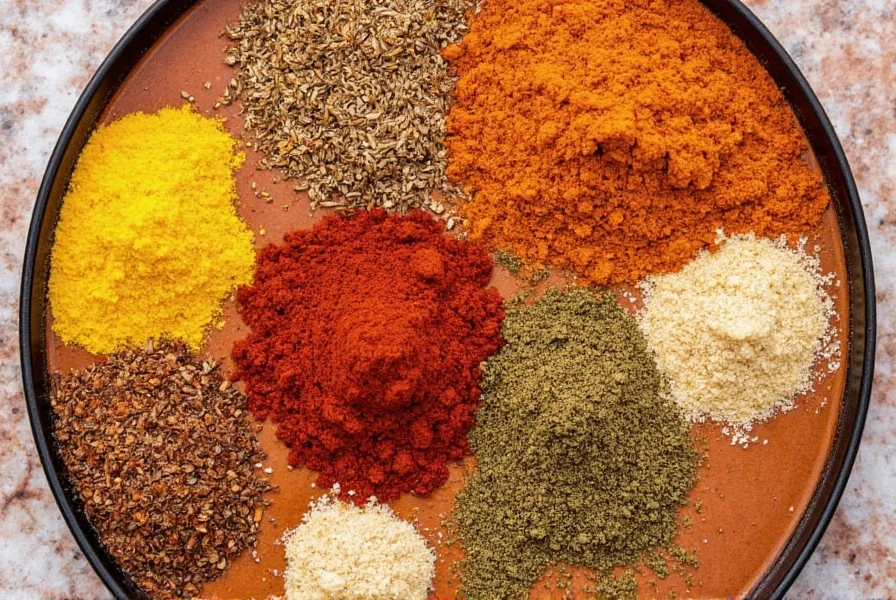
3. Cubeb Pepper (North Africa)
With a sharp, camphor-like aroma and a resinous bite, cubeb pepper was once more popular than black pepper in Europe.
- Flavor profile: Pungent, piney, peppery
- Best for: Pickling, charcuterie, spiced wines
4. Ugba (Ogiri) – Fermented Melon Seed (Nigeria)
This traditional West African condiment adds umami and funk to soups and stews.
- Flavor profile: Salty, fermented, nutty
- Best for: Soups, bean dishes, meat rubs
5. Jerk Seasoning (Jamaican influence in African Diaspora cooking)
Though Jamaican in origin, jerk seasoning shares many similarities with African spice blends due to shared roots in the diaspora.
- Flavor profile: Spicy, smoky, allium-forward
- Best for: Grilled meats, seafood, roasted veggies
6. M’khala (Morocco)
A mix of dried herbs, preserved lemons, olives, and olive oil often used as a condiment or seasoning paste.
- Flavor profile: Tangy, briny, herbaceous
- Best for: Couscous, tagines, sandwiches
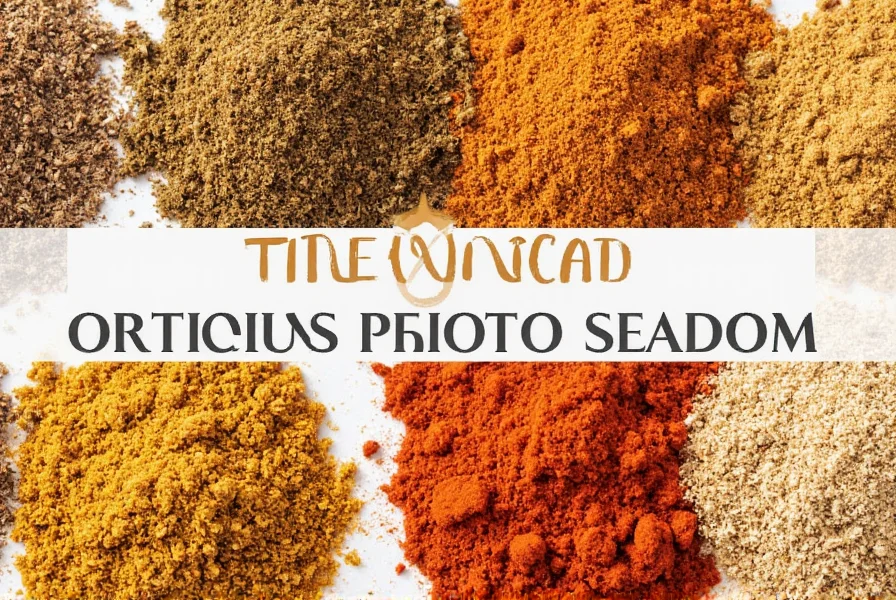
7. Tiro (South Africa)
A dry-cooked curry powder that’s the backbone of Cape Malay cuisine, often used in dishes like bobotie and bredie.
- Flavor profile: Warm, fragrant, mildly sweet
- Best for: Curries, rice dishes, roasted vegetables
8. Kaniyo (Sudanese Five-Spice Mix)
A Sudanese blend typically made from cinnamon, cloves, cardamom, nutmeg, and black pepper.
- Flavor profile: Sweet, earthy, complex
- Best for: Desserts, spiced teas, lamb dishes
9. Thyme Sec (Haitian Influence in African Cooking)
Dried thyme mixed with salt and sometimes MSG, used widely in Haitian Creole cuisine—linked closely to West African roots.
- Flavor profile: Herbal, savory, slightly floral
- Best for: Chicken dishes, soups, grilled meats
10. Sumac Berber (Algeria/Tunisia)
Sumac mixed with crushed red chilies, caraway, and coriander seeds, used as a zesty finishing spice.
- Flavor profile: Tart, tangy, mildly spicy
- Best for: Grilled fish, salads, yogurt dips
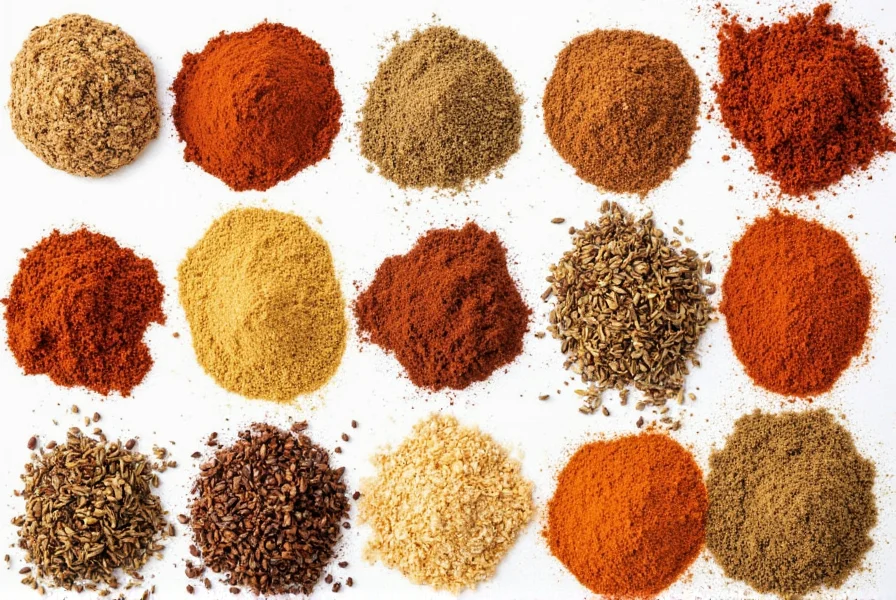
Spice Comparison Table
| Spice | Region | Main Ingredients | Flavor Profile | Best For |
|---|---|---|---|---|
| Berbere | Ethiopia/Eritrea | Chili, garlic, ginger, basil, korarima | Smoky, spicy, slightly sweet | Stews, legumes, roasted vegetables |
| Grains of Paradise | West Africa | Piperaceae seeds | Earthy, peppery, bright | Marinades, meats, baked goods |
| Cubeb Pepper | North Africa | Pepper berries | Pungent, piney, peppery | Pickling, charcuterie, spiced drinks |
| Ugba | Nigeria | Fermented melon seeds | Salty, fermented, nutty | Soups, beans, meat rubs |
| Jerk Seasoning | Diaspora (Jamaica) | Thyme, scotch bonnet, allspice, onion, garlic | Spicy, smoky, allium-forward | Meats, seafood, roasted veggies |
Buying Guide: How to Choose the Best African Spices
Whether you’re shopping online or hitting up your local spice store, here are some tips to help you find high-quality African spices:
Look for Authenticity
Check the label for region-specific blends or single-origin ingredients. Authentic berbere should list korarima or Ethiopian cardamom, not regular green cardamom.
Check the Expiration Date
Ground spices last about 1–2 years; whole spices up to 3–4. Fresher spices = better flavor!
Consider Organic and Fair Trade Options
Support sustainable farming practices and fair wages for African farmers by choosing certified organic and fair trade spices.
Buy Whole Spices When Possible
Whole spices like cubeb pepper or grains of paradise retain their potency longer and can be ground fresh at home.
Try Before You Buy (If Possible)
If you’re near an international market, ask for samples. The smell should be intense and vibrant, not dusty or stale.
Culinary Uses & Pairings for African Spices
Berbere + Chicken
Use in place of paprika or chili powder in your next roast chicken recipe for an Ethiopian twist.
Grains of Paradise + Chocolate
Surprisingly delicious in brownies or hot chocolate—adds a warm, exotic note without overwhelming sweetness.
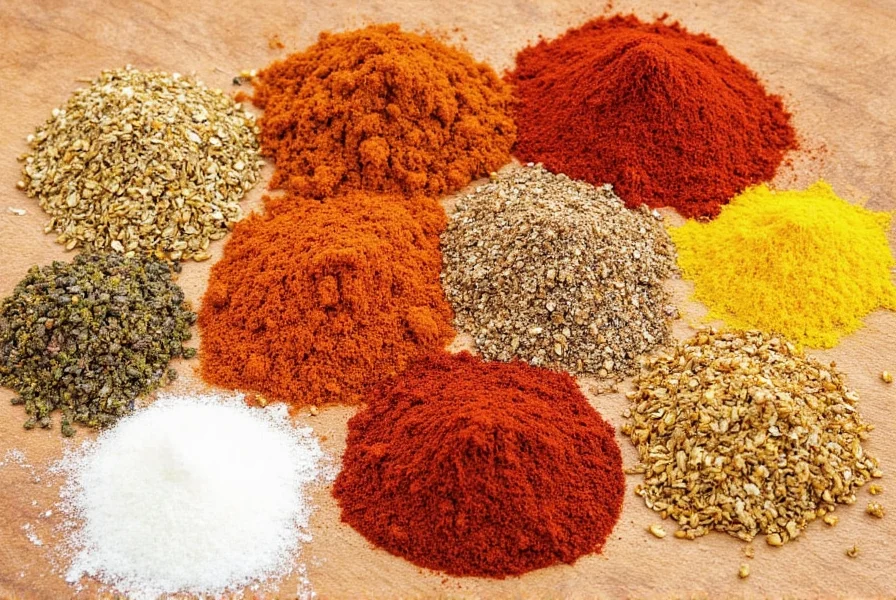
Ugba + Black-Eyed Peas
Enhance the earthiness of legumes with a small amount of fermented ugba for authentic Nigerian flair.
Kaniyo + Lamb Chops
Rub lamb chops with kaniyo before grilling for a fragrant, Middle Eastern-African fusion dish.
Tiro + Cauliflower Rice
Give cauliflower rice a burst of flavor with tiro and coconut milk for a vegan-friendly dish inspired by South African cuisine.
Conclusion: Ready to Spice Up Your Life?
African spices are more than just seasonings—they’re windows into rich cultural histories, bold flavor adventures, and health-enhancing powerhouses.
So next time you reach for that tired old bottle of oregano, consider trying berbere instead. Or swap out black pepper for grains of paradise and see where your taste buds take you. The world of African spices is vast, varied, and incredibly rewarding.
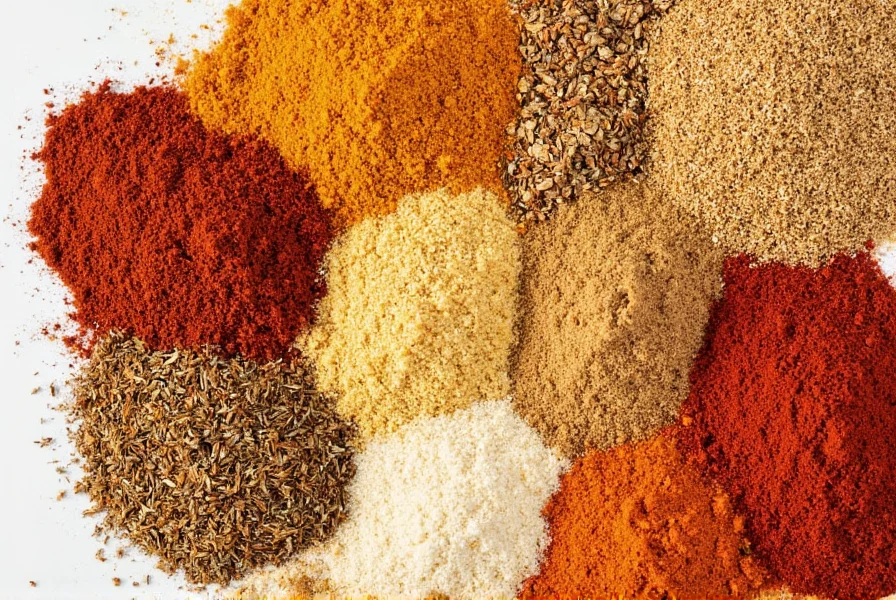
Remember, great food starts with great ingredients—and nothing says “authentic” like spices rooted in centuries of tradition. So go ahead… spice it up!

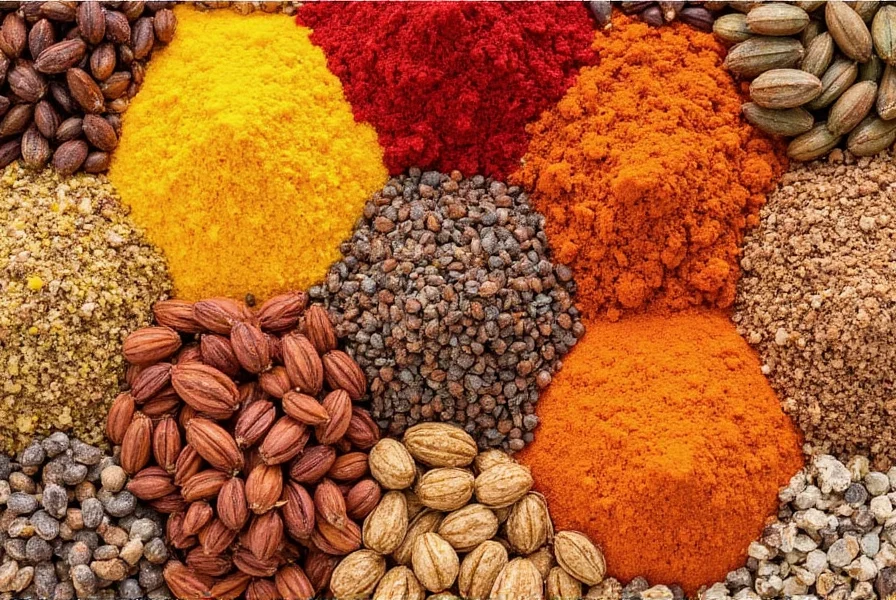









 浙公网安备
33010002000092号
浙公网安备
33010002000092号 浙B2-20120091-4
浙B2-20120091-4